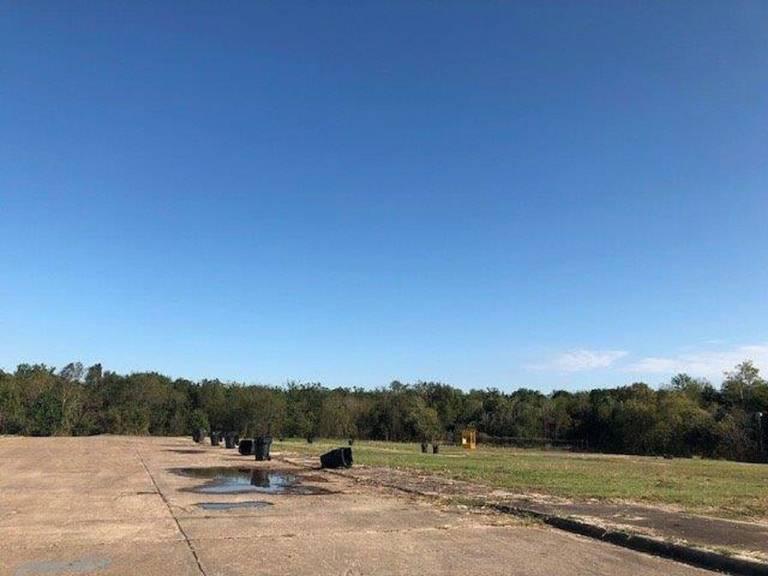
C40, a civic climate leadership that says it represents 650 million people who live in 90 of the world’s largest cities, has announced a global competition across 15 global megacities.
The “Reinventing Cities” initiative to date has identified 46 underutilized spaces worldwide to redevelop. The underused sites include brownfield sites, abandoned buildings, a mothballed airport, historic mansions, underused parking lots and garages, and even a shuttered incinerator and landfill.
C40 and the participating cities are searching for artists, architects, designers, developers, entrepreneurs and environmentalists to work together and compete for opportunities to transform these sites into leading examples of urban sustainability and resiliency.
The long-term coal of this competition is to provide a model for “smart cities” and show how partnerships between cities and the private sector can boost sustainable development efforts worldwide.
Two sites that offer particular excitement are in Houston. Just north of downtown is the Velasco Site, an incinerator that operated for about 20 years until the 1930s. The 4.5 acres ready for redevelopment sit close to several local bus routes, two miles from a rail station and about a 10-minute ride from downtown. Local leaders believe that in the wake of Hurricane Harvey, the site could be a laboratory for the construction of storm- and flood-resilient buildings and infrastructure.
Another empty site in Houston is a landfill that has been closed since the 1970s. As Houston has no zoning laws, the 300-acre space offers many opportunities for creative mixed-use development. The site is wedged between downtown and suburban areas, and is also adjacent to several transportation routes convenient to the city center.
Other cities in this competition offer more specifics about what they want in underutilized sites. San Francisco, which has seen its housing crisis worsen in recent years, seeks mixed-used development ideas in the city’s Civic Center district. Local officials want at least one-third of the residences priced as affordable housing units. Another site, next to the BART rail station a few blocks from Union Square, is not zoned for commercial or retail, nor can any new structures be built on the premises. Nevertheless, the city seeks a proposal with “high environmental performance and landmark architecture.”
Other cities participating in this program include Chicago, Madrid, Milan, Mexico City, Paris, as well as Rio de Janeiro and Salvador in Brazil.
C40 says the inspiration for this project is the Reinventing Paris program, the organizers of which say have transformed 22 sites comprising 250,000 square meters (62 acres) into more livable and sustainable spaces.
This program is accepting applications until April 20.
Image credit: C40

Leon Kaye has written for 3p since 2010 and become executive editor in 2018. His previous work includes writing for the Guardian as well as other online and print publications. In addition, he's worked in sales executive roles within technology and financial research companies, as well as for a public relations firm, for which he consulted with one of the globe’s leading sustainability initiatives. Currently living in Central California, he’s traveled to 70-plus countries and has lived and worked in South Korea, the United Arab Emirates and Uruguay.
Leon’s an alum of Fresno State, the University of Maryland, Baltimore County and the University of Southern California's Marshall Business School. He enjoys traveling abroad as well as exploring California’s Central Coast and the Sierra Nevadas.














